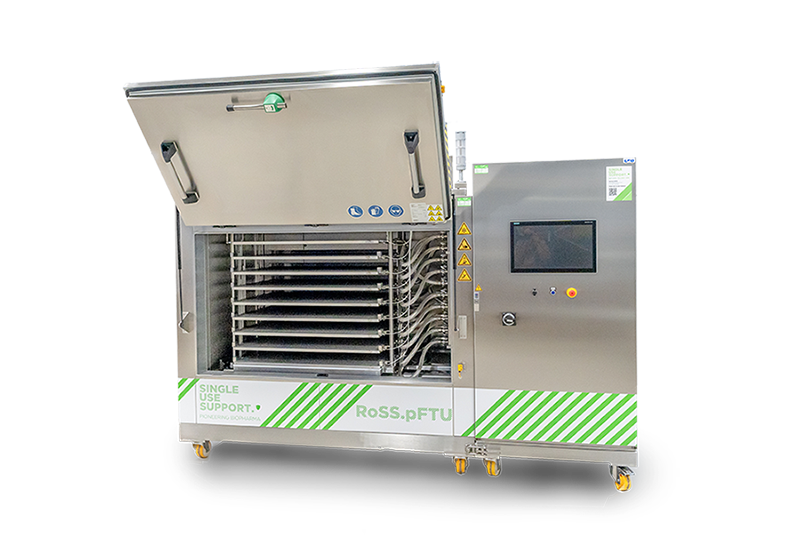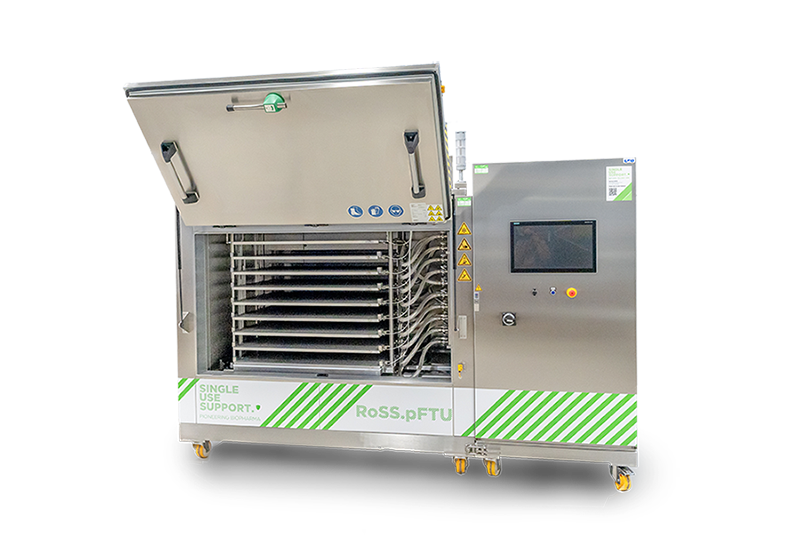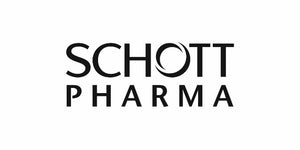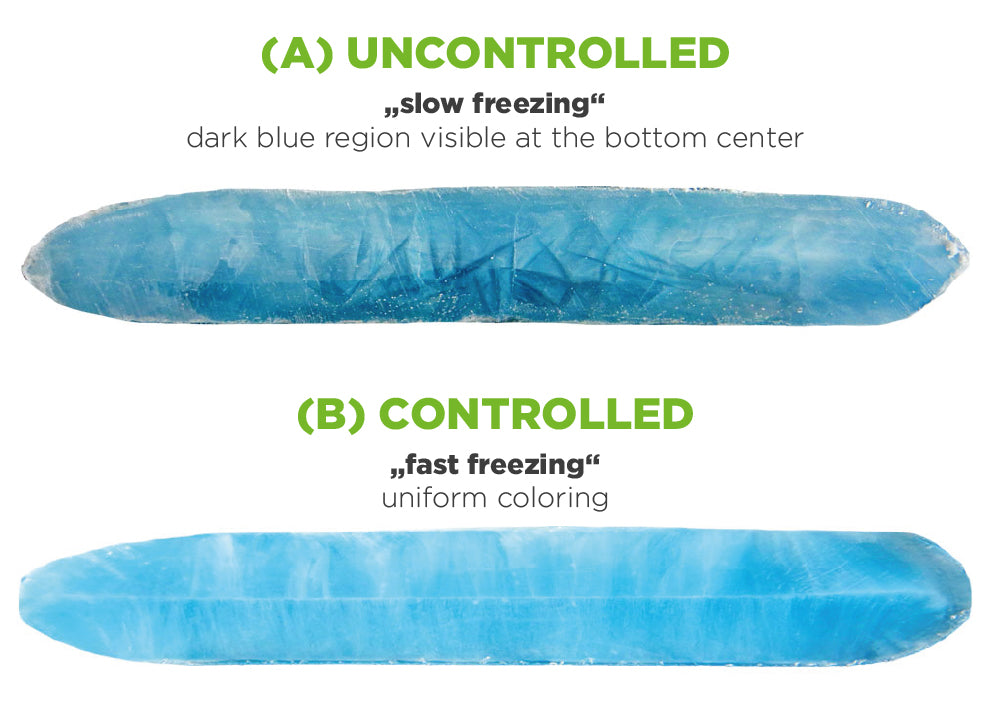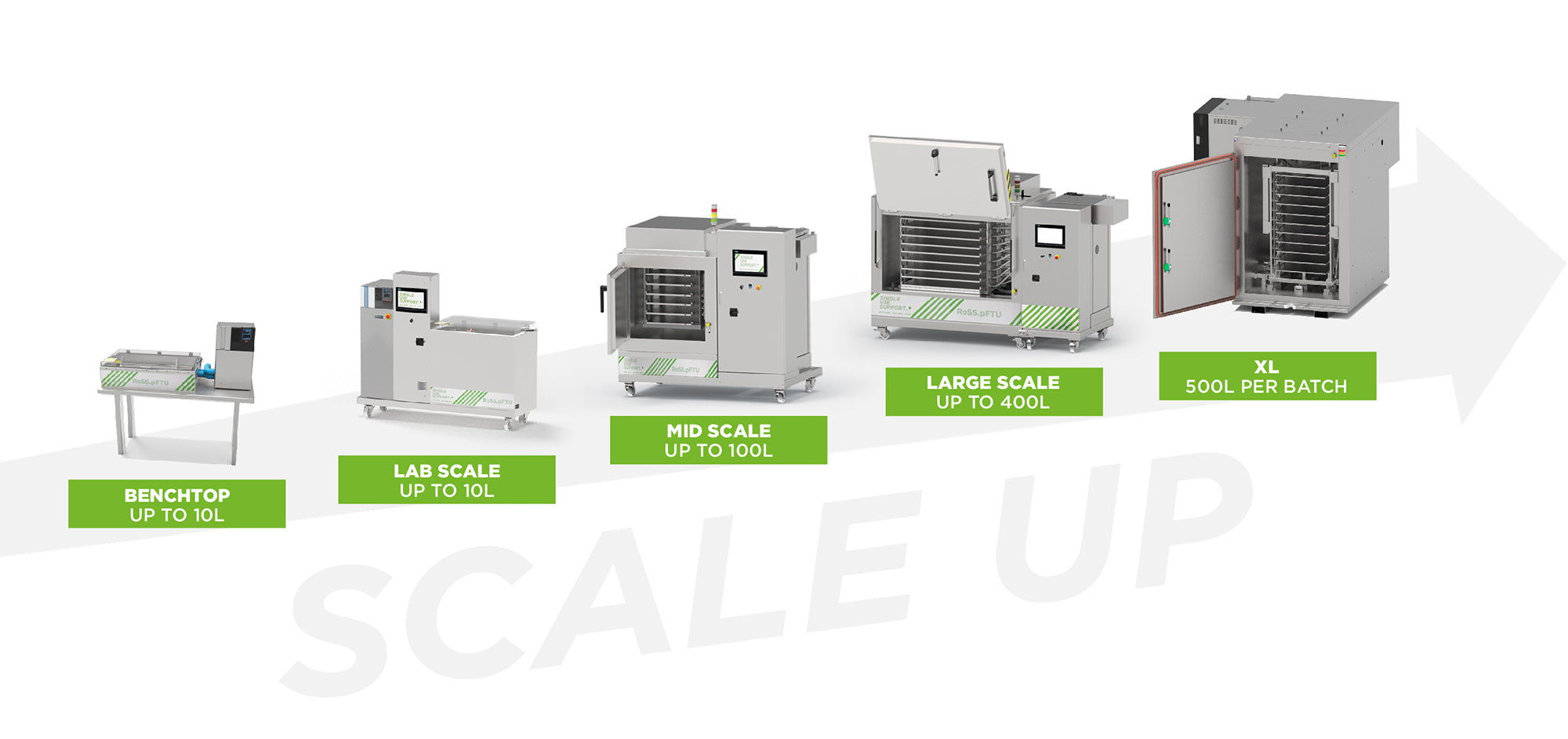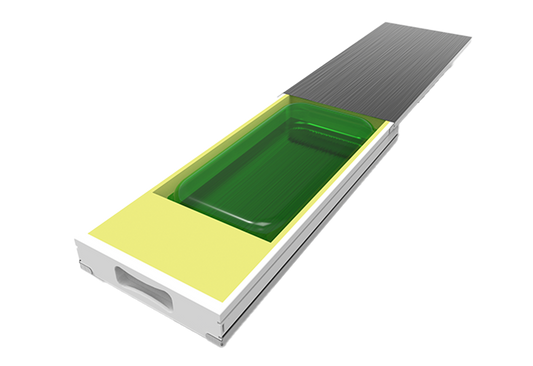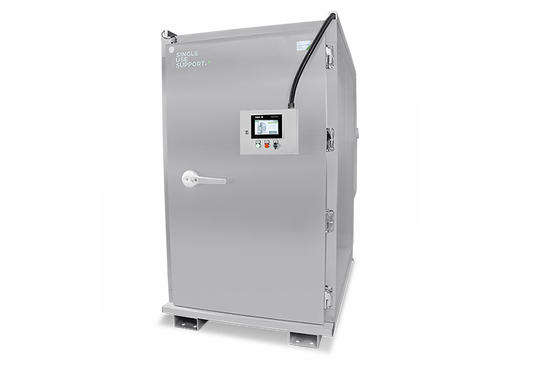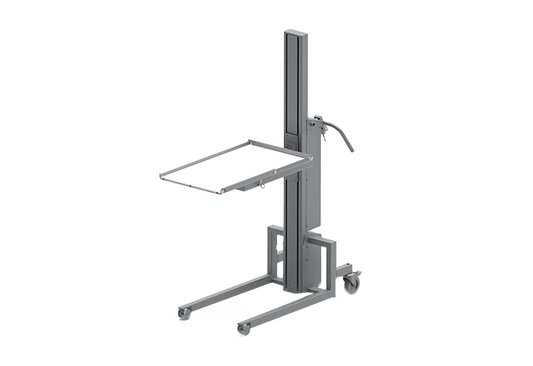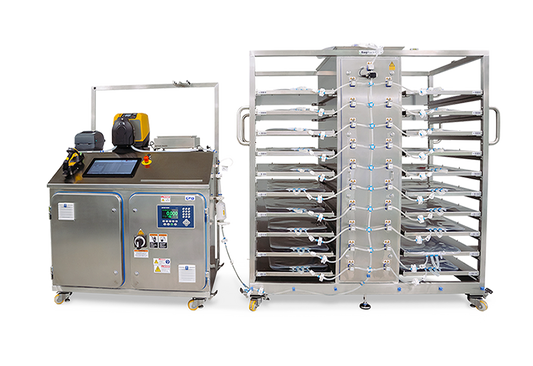Downloads
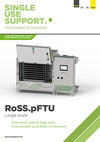
Datasheet: RoSS.pFTU Large Scale
Please fill out the form below to download this file.

Datasheet: RoSS.pFTU Large Scale
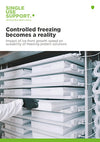
Whitepaper: RoSS.pFTU - Controlled scalable freezing
Please fill out the form below to download this file.

Whitepaper: RoSS.pFTU - Controlled scalable freezing
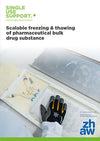
Study: Scalable freezing & thawing of pharmaceutical bulk drug substance
Please fill out the form below to download this file.

Study: Scalable freezing & thawing of pharmaceutical bulk drug substance
